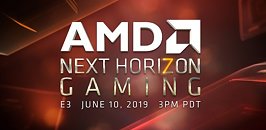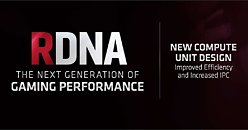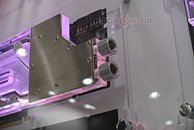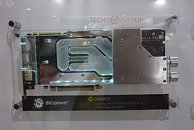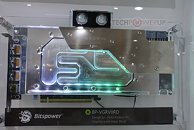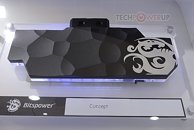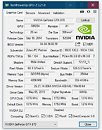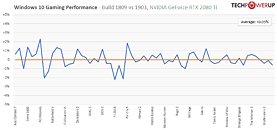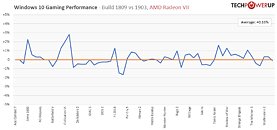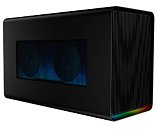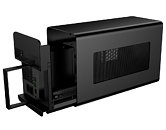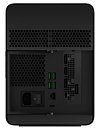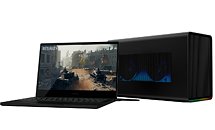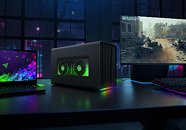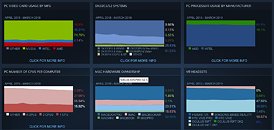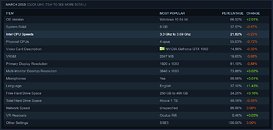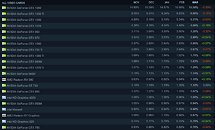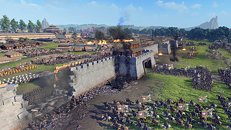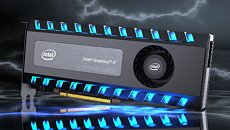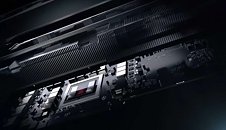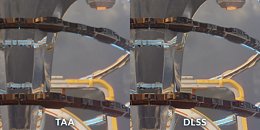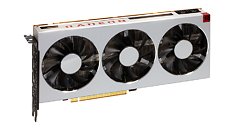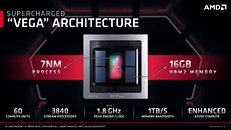
AMD E3 Next Horizon Event: Live Blog
It's been a very busy May-June for AMD as the company pushes out its major client-segment product lines spread across Computex 2019, and E3 2019. At Computex, the company focused on its 3rd generation Ryzen "Zen 2" desktop processors, and led its partners to show us a galaxy of new motherboards based on the AMD X570 chipset. It turns out that the company was saving a handful processor SKUs focused on gamers for E3.
The second important product launch of course is Radeon RX 5700 series, based on AMD's new "Navi 10" silicon on which its new RDNA graphics architecture debuts. With its AIB (add-in board) partners expected to be allowed to make custom-design cards, and based on what little nuggets of information AMD put out, "Navi" promises to stir up a key performance-segment price-band that's currently held by NVIDIA's GeForce RTX 2070 and RTX 2060. The AMD keynote will see the company CEO Dr. Lisa Su and her top execs take centerstage to make some big announcements. With E3 being a purely entertainment / client-segment forum, the AMD keynote promises not bore with tiresome topics such as AI, self-driving cars, etc.2:30 PM PDT: Ahead of its keynote, AMD posted a teaser video of its new RDNA graphics architecture on YouTube.
The second important product launch of course is Radeon RX 5700 series, based on AMD's new "Navi 10" silicon on which its new RDNA graphics architecture debuts. With its AIB (add-in board) partners expected to be allowed to make custom-design cards, and based on what little nuggets of information AMD put out, "Navi" promises to stir up a key performance-segment price-band that's currently held by NVIDIA's GeForce RTX 2070 and RTX 2060. The AMD keynote will see the company CEO Dr. Lisa Su and her top execs take centerstage to make some big announcements. With E3 being a purely entertainment / client-segment forum, the AMD keynote promises not bore with tiresome topics such as AI, self-driving cars, etc.2:30 PM PDT: Ahead of its keynote, AMD posted a teaser video of its new RDNA graphics architecture on YouTube.
